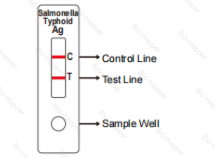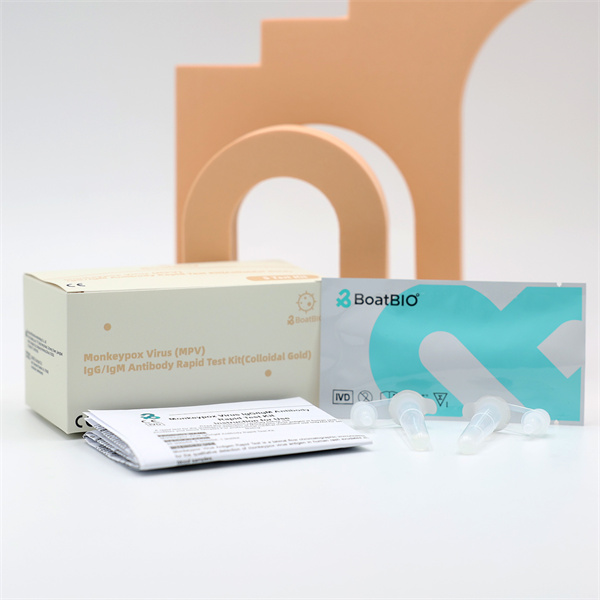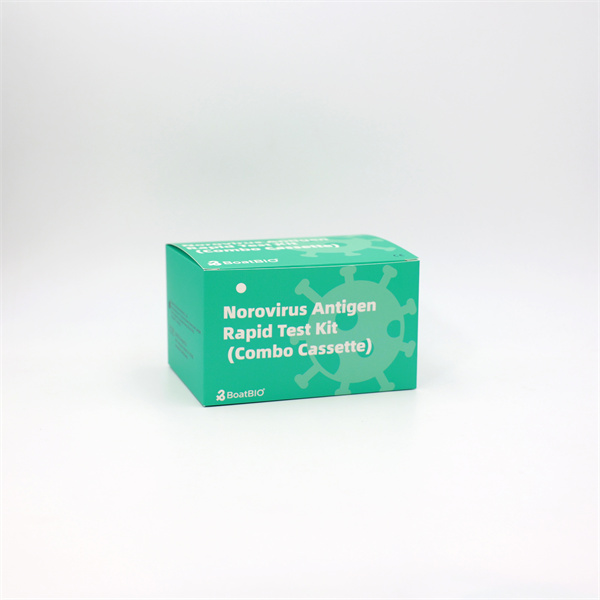SUMMARY AND EXPLANATION THE TEST
Enteric fever(typhoid and paratyphoid fever) is a major human bacterial infection. Although the disease is not common in industialished countries,it remains an importannt and persistent health problem in developing nations. That enteric fever is a major public health problem in those counties,with Salmonella enterica serovar typhi(Salmonella typhi) the most common aetiologic agent but with an apparently increasing number of cases due to Salmonella paratyphi. Because risk factors such as poor sanitation, lack of a safe drinking water supply and low socio economic conditions in resource-poor countries are amplified by the evolution of multidrug resistant salmonellae with reduced susceptibility to fluoroquinolone, which is associated with increased mortality and morbidity.
In Europe, Salmonella typhi and Salmonella paratyphi infections occurs among travellers returning from disease endemic areas.
Enteric fever caused by Salmonella paratyphi is indistinguishable fron that caused by Salmonella typhi. This fever usually develops one to three weeks after exposure and caries in severity. Symptoms include high fever, weakness, lethargy, muscle pain, headache, loss of appetite and diarrhea or constipation. Pink spots appear on the chest, examinations will usually reveal enlargement of the liver and spleen. In server ceases, symptoms of altered mental status and meningitis (fever, stiff neck, seizures) have been reported.
PRINCIPLE
The Salmonella Typhoid Antigen Rapid Test Kit is a lateral flow chromatographic immunoassay. The test cassette consists of: 1) a burgundy colored conjugate pad containing recombinant antigen conjugated with colloid gold (monoclonal mouse anti-Salmonella Typhoid antibody conjugates) and rabbit IgG-gold conjugates, 2) a nitrocellulose membrane strip containing test band (T bands) and a control band (C band). The T band is pre-coated with monoclonal mouse anti-Salmonella Typhoid antibody for the detection of Salmonella Typhoid antigen, and the C band is pre-coated with goat anti rabbit IgG. When an adequate volume of test specimen is dispensed into the sample well of the test cassette, the specimen migrates by capillary action across the cassette.
Cryptosporidium if present in the specimen will bind to the monoclonal mouse antiSalmonella Typhoid if present in the specimen will bind to the monoclonal mouse antiSalmonella Typhoid antibody conjugates. The immunocomplex is then captured on the membrane by the pre-coated mouse anti-Salmonella Typhoid antibody, forming a burgundy colored T band, indicating a Salmonella Typhoid antigen positive test result.

Absence of test band (T) suggests a negative result. The test contains an internal control (C band) which should exhibit a burgundy colored band of the immunocomplex of goat anti rabbit IgG/rabbit IgG-gold conjugate regardless of the color development on any of the test bands. Otherwise, the test result is invalid, and the specimen must be retested with another device.







